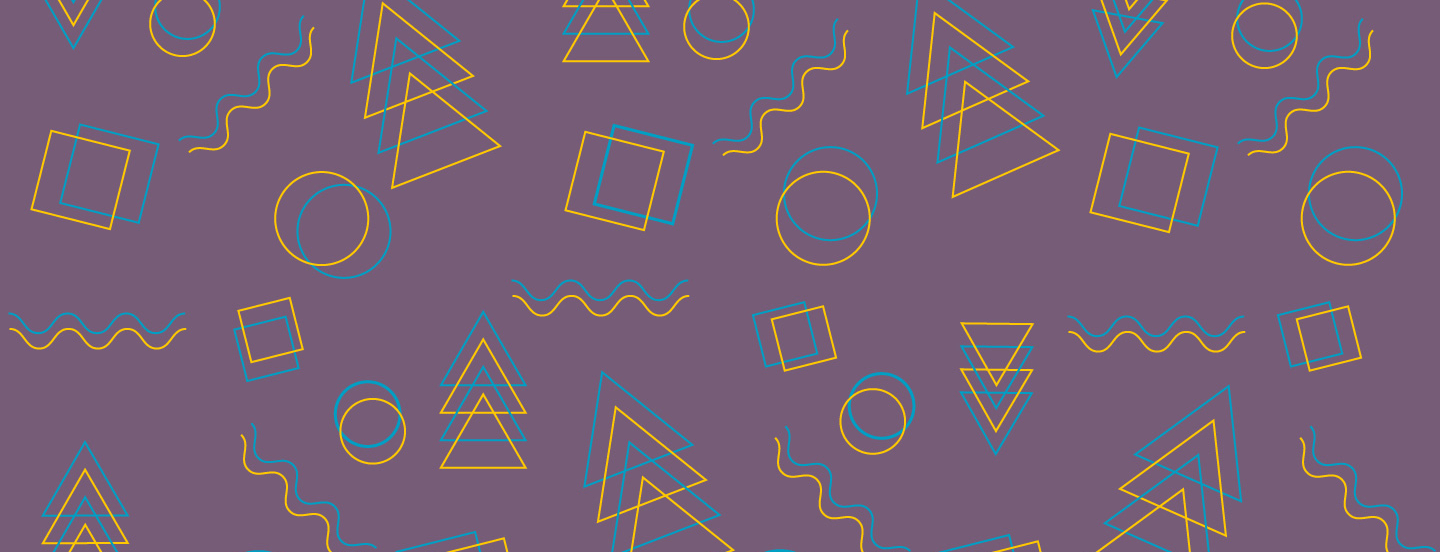
Going Mobile: Trends to Watch
As designers work to link these design languages together, they must also consider how to effectively combine existing mobile services. One example is frog’s partnership with GSMA, which is focused on bringing Human Centered Design to mobile agricultural products and services in emerging economies. This project will use mobile technology to increase access to information, financial services, and supply chain solutions for over 500 million smallholder farmers, in an effort to create a positive impact on the entire agricultural value chain.
Whether through seamless technical integration or a focus on the holistic human experience, the future of mobility is convergence. The following are areas to watch as we anticipate this future.
Connected Car
The car is the quintessential mobile device. Although the automobile R&D lifecycle is much longer than that of mobile phones, we are finally seeing digital connectivity within the automobile extend beyond GPS navigation and infotainment. Mobile operating systems are beginning to natively include automotive APIs, creating the connection points for cross-device connectivity. This allows the car to leverage the capability of multiple devices while maintaining and, in some cases, increasing safety.
Companies such as CloudCar are taking interesting approaches in this direction by integrating applications and services across mobile platforms. The key here is not to replicate the apps and app store model from cell phones but extend the system and design the devices to work together and share information.
This distributed computing model needs to be designed from the system level; where the car is part of a larger ecosystem and not as an isolated system where applications designed for the cell phone user experience are merely replicated. By leveraging the already established capabilities and considering how these augment each other while also working in isolation, a more user friendly and capable experience can be established. Failing to do so will exacerbate an already disparate experience for users and potentially even compromise driver safety.
Wearables
Right now wearables are synonymous with health trackers, but they will soon extend beyond this simplified use case to become the backbone of the Internet of Things. From our clothes to our jewelry, we will wear a variety of objects that collect data about almost anything we care to track. Meaningful interpretation of this data is the key to unlocking the potential behind wearables.
To unlock the potential, rich context and meaningful and beautiful visualization is needed understand the quality of these quantities. We can look to games for these visualizations, as they try to display complex information to users in a concise and meaningful way. Some fellow frogs graphed sleep data recorded by a FitBit, but tracked activity against Netflix activity, cycling habits, and the birth of a newborn to transform this data into a qualified story. Transposing these types of graphs in a compellingly visual manner is what is where we will truly see wearables shine.
Payments (again)
Mobile payments are certainly not new. Some countries like Japan have been handling mobile payments, using technology like the FeliCa RFID smart card system, for more than a decade. But globally mobile payments are still in the early stages of growth. Google Wallet and Apple Pay are opening the tap-to-pay capability, which will extend into micro markets where individuals will be able to trade payments with each other using a variety of devices. Mobile payments require a specific focus on security. Companies like Barclays have already introduced biometric capabilities that improve upon fingerprint readers by scanning finger vein patterns, which are hard to replicate. The future of mobile security will leverage advanced biometrics (think eyes, voice, and even enzymes) to enable secure access to a variety of connected services across the Internet, including mobile payments.
Distributed Capabilities
As mentioned above, mobile devices of the future will get better at interacting with each other. They will distribute computing loads and leverage physical hardware capabilities in order to provide us with better experiences. One place we see this exemplified is in smart home technologies like the NEST. The NEST has its own intelligence to replace your existing thermostat and improve the climate controlling experience. It does not have it’s own large display where you can analyze the data. You use your other devices to unlock that element through the web. And, the Works with NEST program is the start of an integrated device ecosystem where things just work together.
Looking at this from a different perspective, technologies such as IFTTT allow applications to link together and perform actions disparate applications. IFTTT leverages each application or service and uses its actions to support other applications and services. There is no need to recreate solutions across mobile devices, but instead leverage the mobile ecosystems around the device and add new specific elements from that device to the ecosystem to enhance the overall experience.
The future of mobility is extensibility over replication, with mobile experiences building on one another, instead of replicating themselves in different locales.

Mark is the head of the Design Technology practice in frog North America. Focused on using technology to create great experiences, he brings designs to life, embodying the “make it real” mantra. As an aerospace engineer turned software developer, Mark has an eclectic background he leverages in design to see trends across industries. He loves to work with his hands in physical-digital engagements to help do things that no one has ever done before.
We respect your privacy
We use Cookies to improve your experience on our website. They help us to improve site performance, present you relevant advertising and enable you to share content in social media. You may accept all Cookies, or choose to manage them individually. You can change your settings at any time by clicking Cookie Settings available in the footer of every page. For more information related to the Cookies, please visit our Cookie Policy.